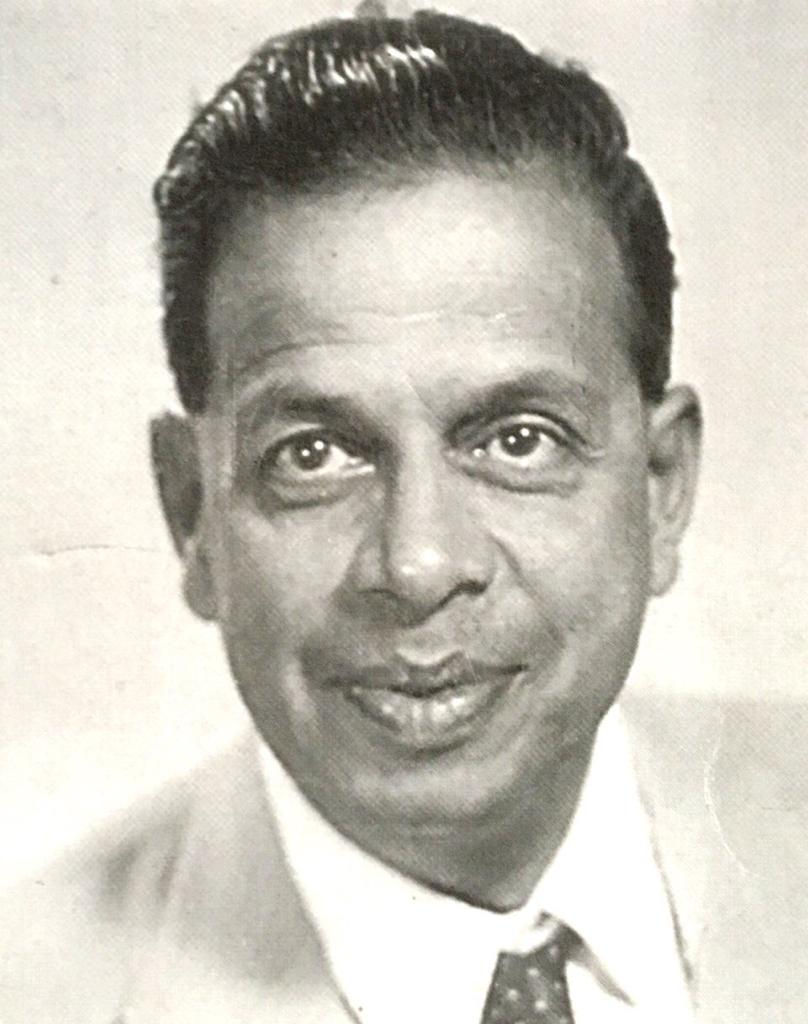Tracing My Ancestry: the Introduction
- Adi Roy

- Nov 3, 2019
- 4 min read
Updated: Jan 9, 2024
1 of 3

When I was younger, my grandparents used to take me to a place near Santiniketan called Khoai, an unique geological formation caused by erosion of soil where topsoil erosion had laid bare an interesting lateritic soil structure underneath. Surrounding the place is the Shonajhuri forest. I was later told that my great-grand father, Dr Basu was the scientist who advised Visva-Bharati to plant the forest to stop further erosion eating into the university campus. It was a pleasant surprise to know that— the memories of that forest now have a deeper meaning!
Recalling his first visit to the khoai, Rabindranath wrote, "In the hollows of the sandy soil the rainwater had ploughed deep furrows, carving out miniature mountain ranges full of red gravel and pebbles of various shapes through which ran tiny streams, revealing the geography of Lilliput."

The other day I came across an article in The Guardian regarding the worldwide problem of topsoil erosion due to climate change and deforestation. Due to the research I had conducted, I was able to later find out that my great-grandfather, Dr Jyotikanta Basu —a post-graduate of the Calcutta University and who later obtained a Doctor's Degree from the University of London— had greatly contributed to science, especially soil and agricultural sciences. He was one of the main architects to evolve the famous improved Bombay Dry Farming method and the technique of contourship cropping for erosion control. He was the President of the Indian Society of Soil Science (1949-51), Member of the UNESCO International Panel for Humid Tropics Research, Founder Chairman of the Soil Conservation Society of India (1952-54) and much more. The list is endless. He travelled all over the world with the United Nations for soil research and conservation.

I find that personal histories give a more intimate perspective to the stories and historical events than abstract academic study. For example, narratives by travellers often give a better understanding of the setting and lifestyles of a place than an objective analysis of the same. I have traced my family over the past five generations which led me to discover that my ancestors have travelled all over the world. By doing so, I learnt that migration and travelling have profoundly influenced my family members as well as different communities. Travel broadens the horizons of our minds and gives us a global perspective.
My ancestors have welcomed into their fold people from Japan, Europe, America, from all religions and faiths – Buddhists, Muslims, Christians, Parsis and many more; even from different states of India including Rajasthan, Gujarat, Maharashtra, Tamil Nadu, Punjab, etc. In fact my mother is from Rajasthan, while my father is Bengali. This intermingling gave our family members a cosmopolitan outlook away from parochialism. The exchange of cultures is important for everyone, it helps us view the world with a different lens and understand different perspectives.

On 18 September 2019 my great-granduncle Jagadananda Roy’s 150th birth anniversary went by unobserved. He was the reason why our family came to Santiniketan in 1901 and made this place our home. It was Rabindranath Tagore who first discovered the talent of Jagadananda, whose writings on scientific matters in simple and lucid Bangla caught his attention. Rabindranath was the editor of Sadhana and he looked out for writers of articles for his periodical. In 1901, he brought Jagadananda to Santiniketan as a teacher in his new school, Santiniketan Vidyalaya, where he taught mathematics and science, specially Nature Study.
Jagadananda Roy’s writings continued to appear in leading Bengali periodicals of the day. His books were illustrated by several important artists like Nandalal Bose, Asitkumar Haldar, Binodbehari Mukherji and others. His books ranged from topics like Banglar Pakhi (Birds of Bengal), Graha-Nakshatra (Planets and Stars), Poka Makod (Insects) and numerous other topics which helped children familiarise with the world of nature and understand the rudiments of science. But what really caught my interest was his book Shukra Bhraman (Travel to Venus) where he created the first 'aliens' long before H.G Wells or other science fiction writers. He was also considered as one of the first science fiction writers in India.
Understanding my lineage, discovering my ancestors’ contributions and travels has been enlightening for me. Being aware of my heritage is remarkable. I suggest, from my personal experience, that all of us should understand our ancestries because that is what makes us who we are to a large extent.
This is the first blog post of a series of 3.
These blog posts will cover topics such as my ancestry, benefits and problems of migration, among others.
Check out the other blog posts of this series:
This is a personal blog. Any views or opinions represented in this blog are personal and belong solely to the blog owner and do not represent those of people, institutions or organizations that the owner may or may not be associated with in professional or personal capacity, unless explicitly stated. Any views or opinions are not intended to malign, criticise and/or disrespect any religion, ethnic group, club, organization, company, or individual.
We recommend you check the Disclaimer, Privacy Policy and the Terms and Conditions of this blog.
While we strive to present only reliable and accurate information, should you believe that any information present is incorrect or needs to be edited, please feel free to contact us.
Honest feedback is much appreciated!
Photo credits
Dr Jyotikanta Basu - My grandmother, Supriya Roy
Indian Science Congress - Shubha Gupta
Jagadananda Roy - Pinterest



An informative write up.